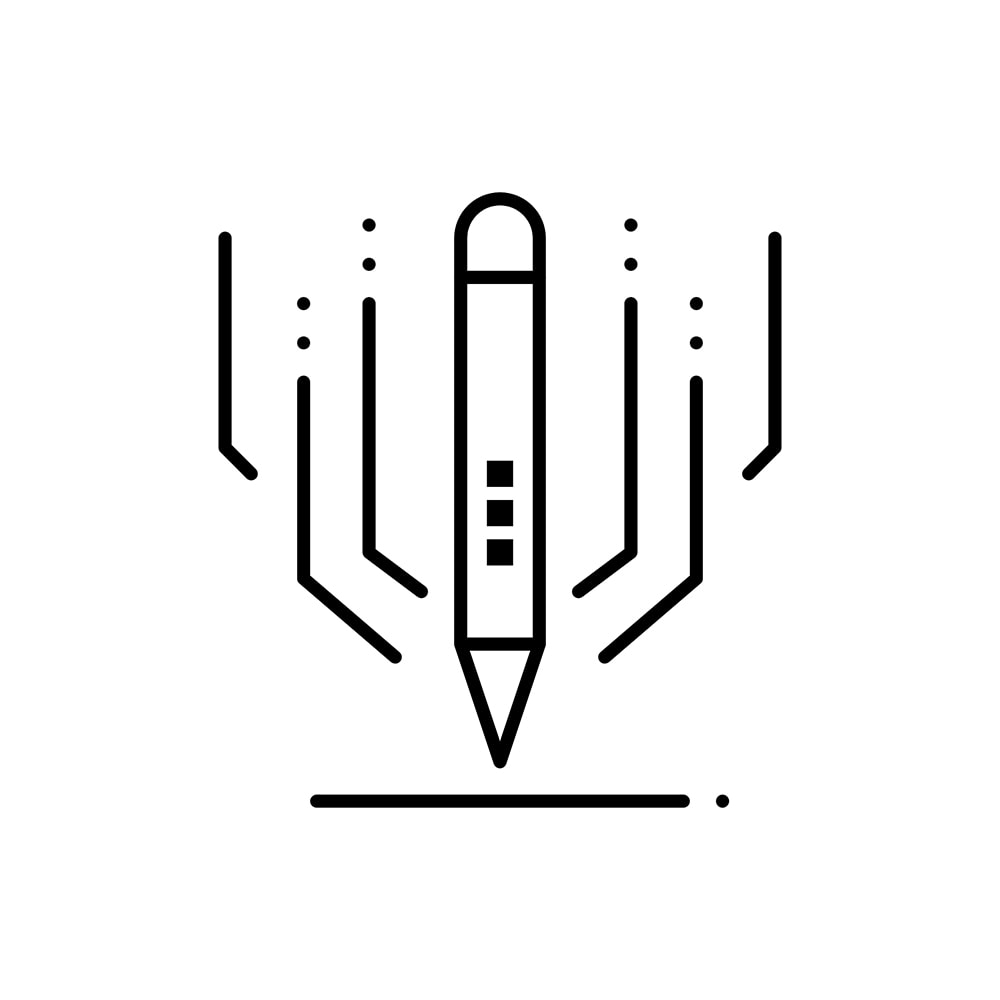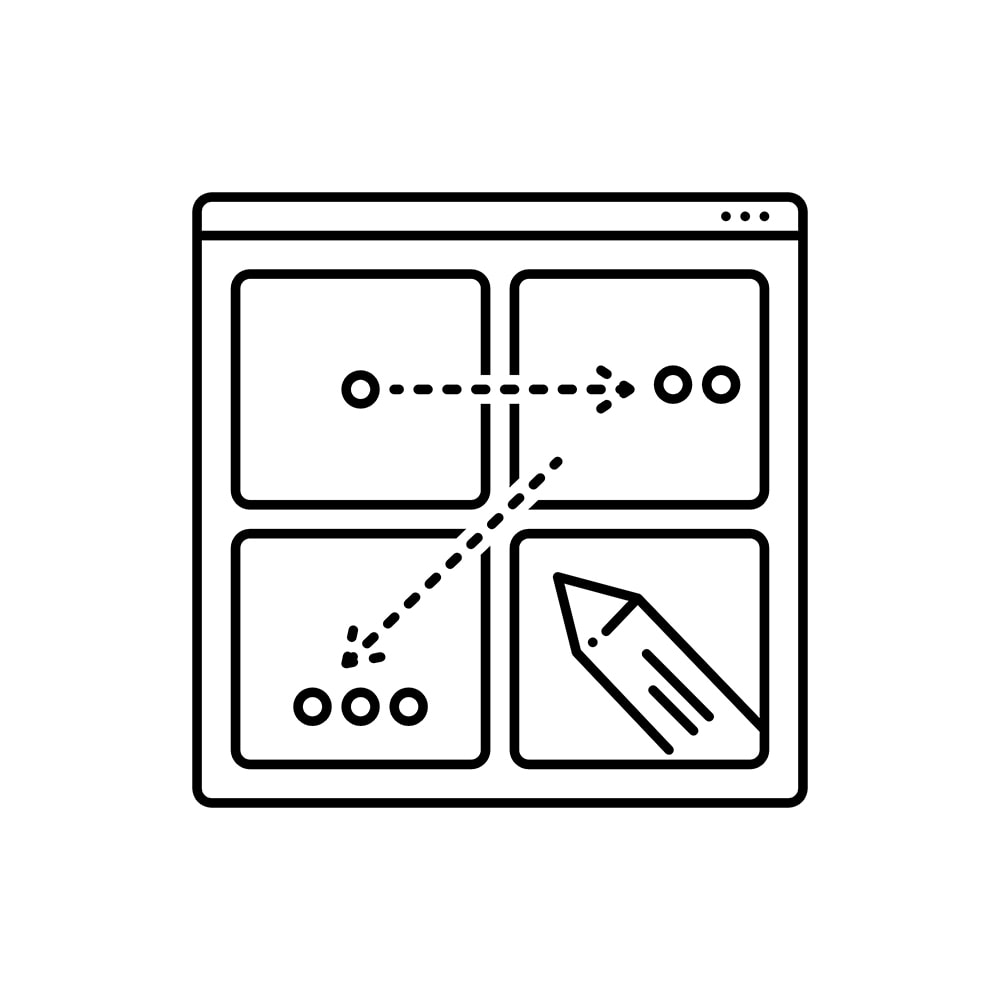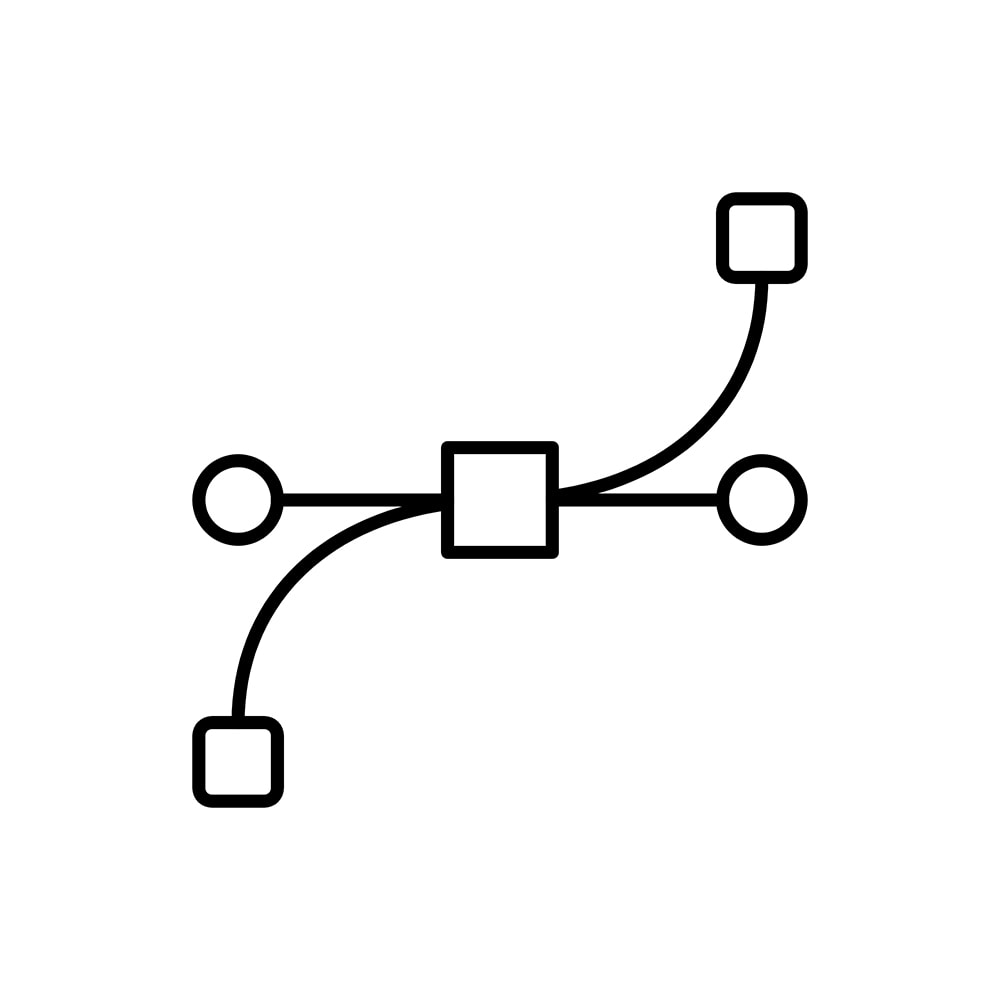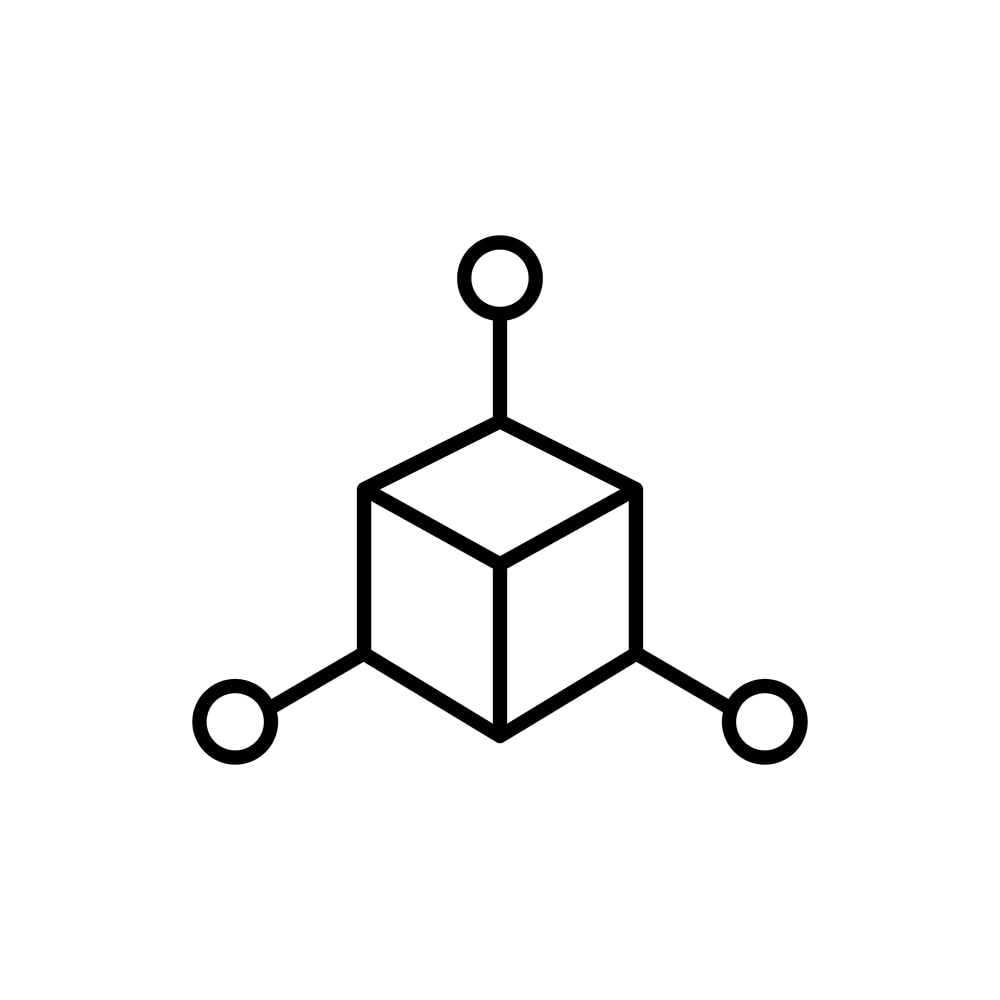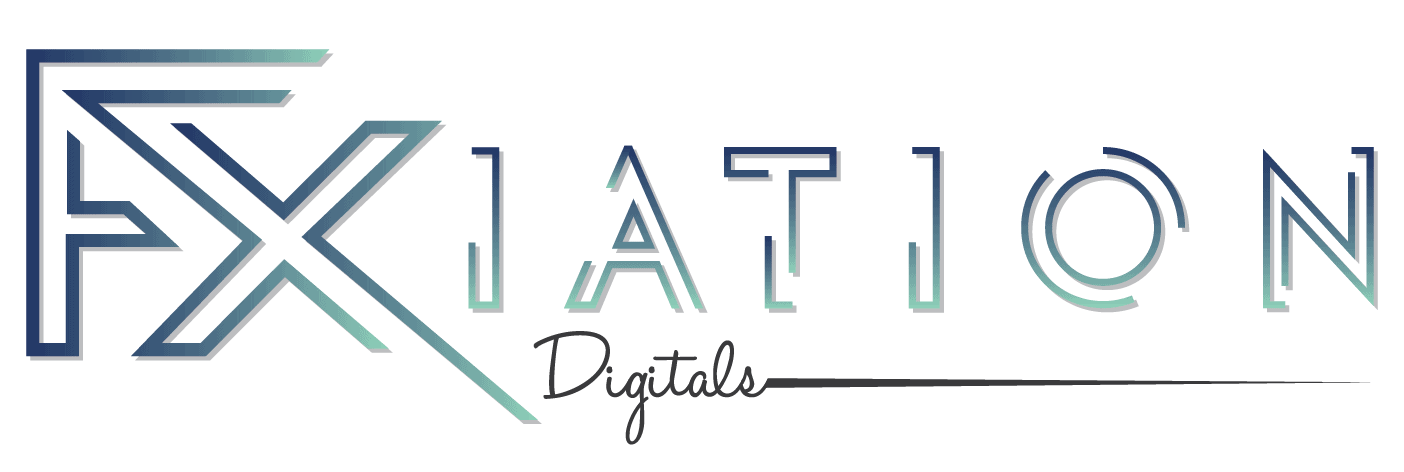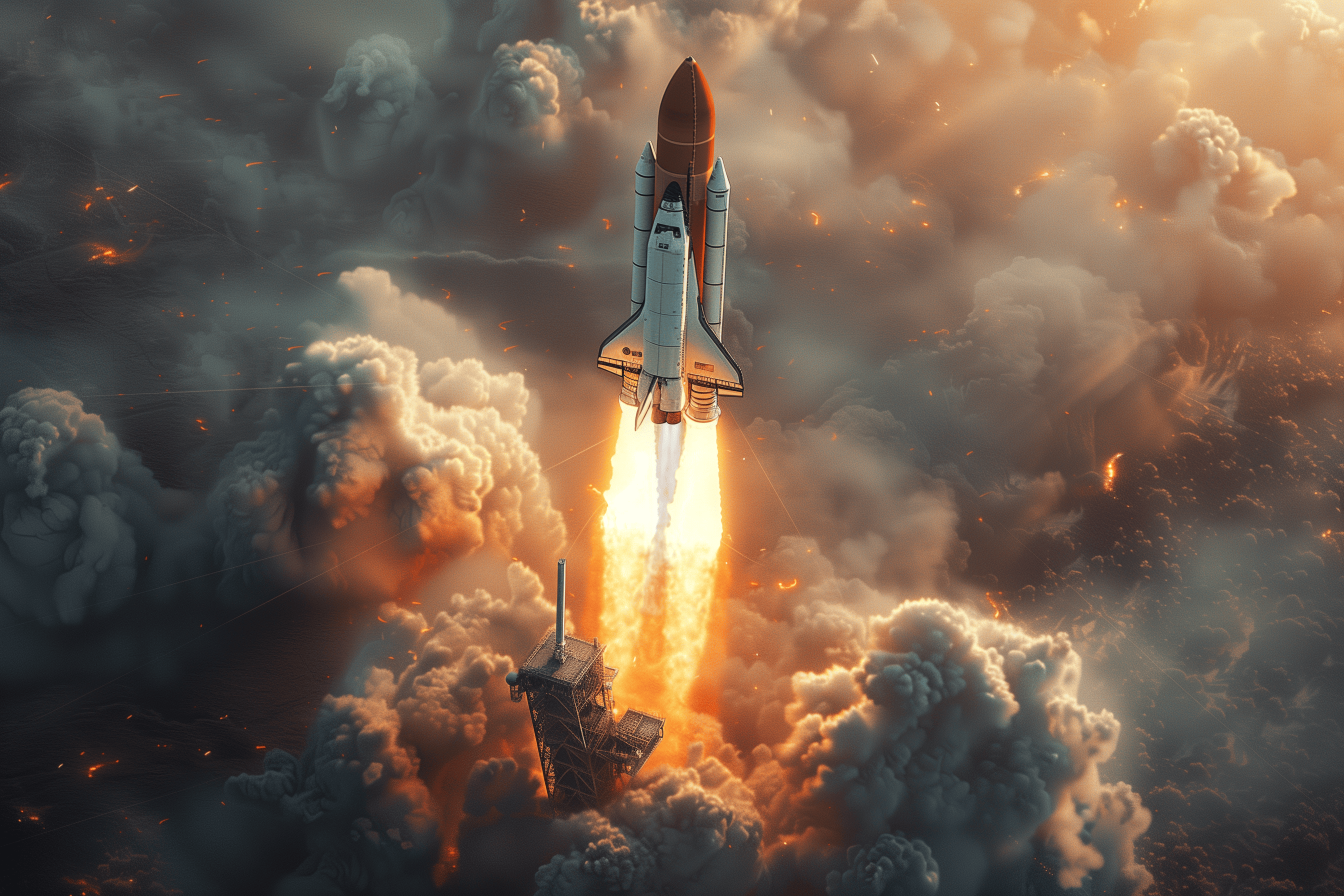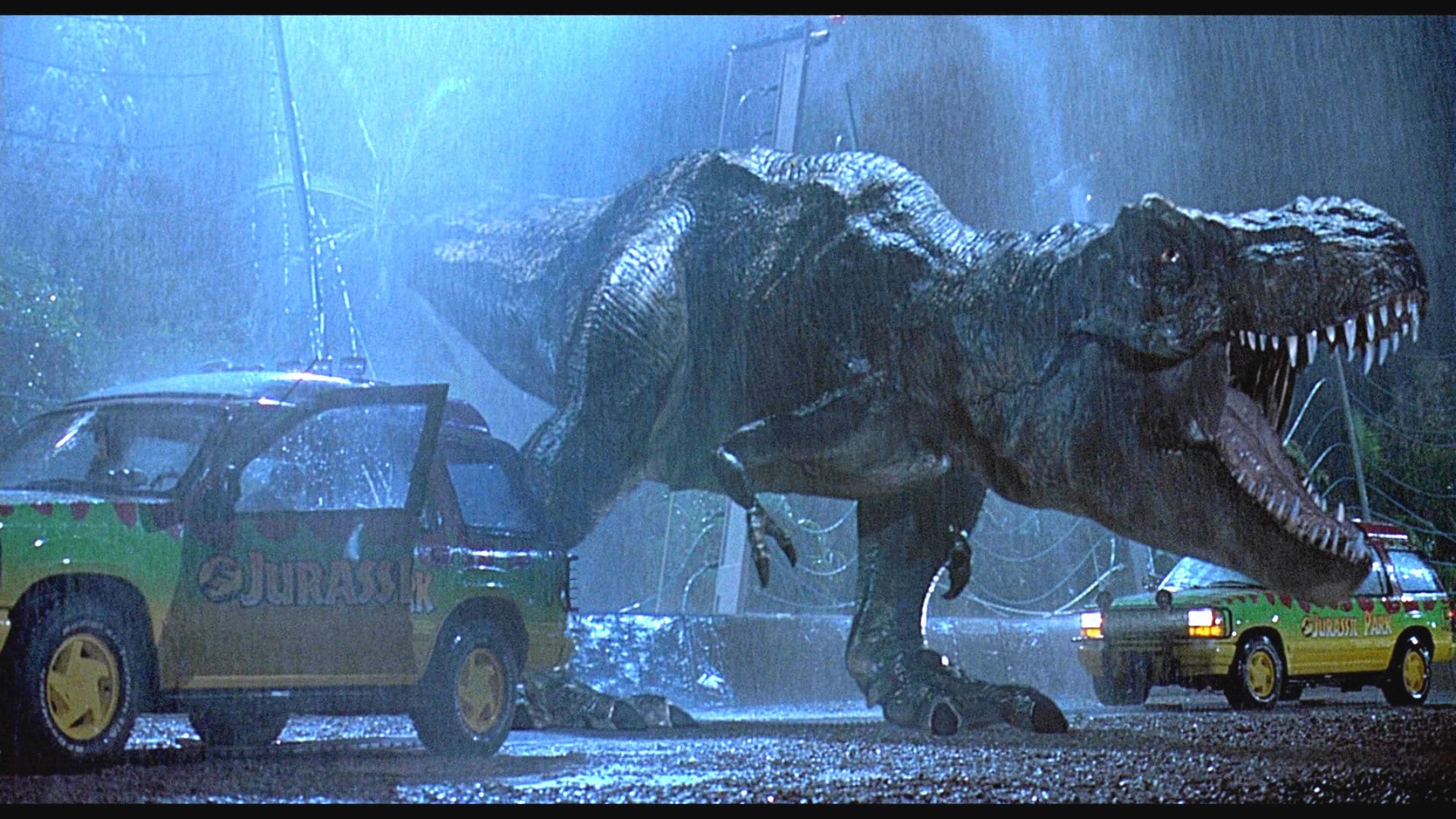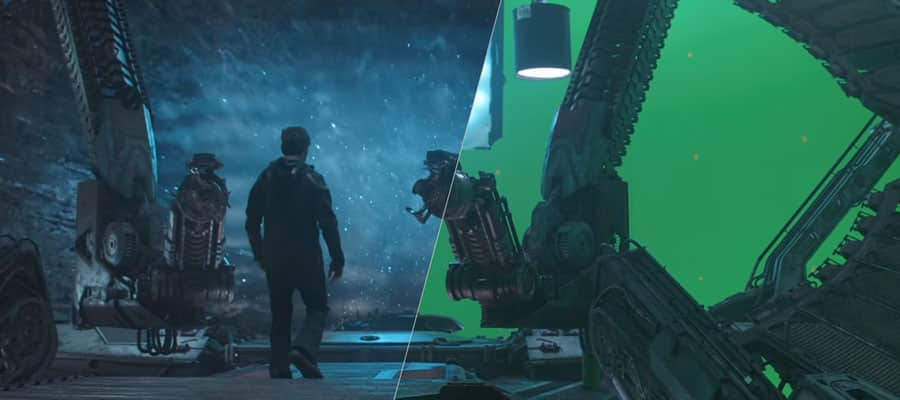In recent years, the entertainment industry has seen a rapid evolution in the use of visual effects (VFX) to create stunning and immersive experiences for audiences. From blockbuster films to popular TV shows, VFX has become an integral part of the production process, pushing the boundaries of storytelling and bringing fantastical worlds to life. However, as the demand for high-quality VFX continues to rise, so does the pressure on production companies to deliver on increasingly ambitious projects within tighter budgets and timelines. In this article, we will take a closer look at the dawn of AI-driven VFX production and the potential it holds for the future of the entertainment industry. From its current applications to the possibilities it presents, we will delve into the impact of AI on VFX and provide a glimpse into what the future of this industry might hold.
AI-driven VFX production revolutionizing the industry.
The rapid advancements in AI-driven VFX production have ushered in a new era of innovation and possibilities in the visual effects industry. With the integration of next-gen VFX techniques and the utilization of machine learning capabilities, the creative boundaries have expanded, enabling filmmakers and VFX artists to bring their imaginative visions to life in ways never before imagined. The advantages of AI in visual effects are manifold, from enhancing efficiency and productivity to generating realistic and immersive digital worlds. Generative AI, in particular, has emerged as a game-changer, allowing for the automated creation of complex visual elements and intricate details that would have previously required extensive manual labor. As a result, the integration of AI-driven VFX production is revolutionizing the industry, propelling it into a future where the boundaries between reality and digital artistry become increasingly blurred.
Next-gen techniques powered by AI.
In the realm of visual effects, the advent of AI-driven VFX production has paved the way for the emergence of next-gen techniques that push the boundaries of creativity and technical capabilities. Leveraging the power of AI algorithms, these techniques offer unprecedented advantages in the world of visual effects. One notable advantage is the ability to seamlessly integrate AI-powered tools and workflows into the production pipeline, streamlining processes and increasing efficiency. Through the application of deep learning algorithms, AI can analyze vast amounts of data and learn from it, enabling the generation of highly realistic and immersive visual effects. Moreover, AI-driven techniques like generative AI enable the automated creation of complex elements, such as detailed textures, intricate particle simulations, and realistic character animations. This not only saves time and resources but also opens up new possibilities for artists to unleash their creative visions. As the visual effects industry embraces these next-gen techniques powered by AI, we can expect a future where the boundaries of what is achievable in VFX continue to be pushed, resulting in even more astonishing and awe-inspiring visual experiences for audiences worldwide.
Advantages of AI in visual effects.
AI-driven VFX production offers numerous advantages that revolutionize the field of visual effects. Firstly, the integration of AI-powered tools and workflows into the production pipeline significantly enhances efficiency and streamlines processes. By automating time-consuming tasks and analyzing vast amounts of data, AI algorithms accelerate the creation of realistic visual effects, saving both time and resources. Additionally, the application of generative AI enables the automated generation of complex elements, such as intricate particle simulations and detailed textures, providing artists with a broader range of possibilities to explore. The use of AI in visual effects also contributes to the creation of highly immersive and realistic experiences, as deep learning algorithms learn from extensive datasets to produce visually stunning effects. Ultimately, the advantages of AI in visual effects drive the industry towards a future where creativity knows no bounds and technical capabilities continue to evolve.

Generative AI unlocking creative possibilities.
Generative AI is unlocking a whole new realm of creative possibilities in the field of visual effects. This revolutionary technology allows artists to push the boundaries of their imagination and explore next-gen VFX techniques like never before. By harnessing the power of AI algorithms, generative AI enables the automated creation of intricate and realistic elements, such as dynamic simulations, lifelike character animations, and detailed environments. This not only saves valuable time and resources but also opens up a world of creativity by providing artists with a vast array of pre-trained models and tools to experiment with. With generative AI, artists can now delve into uncharted territories, pushing the limits of what is visually possible and creating visually stunning effects that captivate audiences. Whether it’s generating new ideas, exploring unexplored techniques, or enhancing the overall visual experience, generative AI is shaping the future of AI-driven VFX production, paving the way for a new era of limitless creativity.
Faster, more efficient production process.
In the dynamic world of AI-driven VFX production, one of the most significant advantages lies in its ability to facilitate a faster and more efficient production process. By leveraging the power of AI algorithms, production timelines can be streamlined, allowing for quicker turnarounds and increased productivity. AI-driven VFX tools and techniques enable automatic processes such as scene segmentation, object tracking, and rotoscoping, drastically reducing the time-consuming manual labor previously required. Additionally, AI-based rendering algorithms optimize resource allocation, ensuring that computing power is utilized efficiently, resulting in faster rendering times and smoother workflow. As the industry continues to embrace AI-driven advancements, the potential for a faster and more efficient production process becomes increasingly tangible, offering a glimpse into the exciting future of VFX production.
Realistic and seamless CGI integration.
As AI-driven VFX production continues to progress, the integration of CGI elements into live-action footage has reached unprecedented levels of realism and seamlessness. Next-generation VFX techniques, powered by advanced generative AI algorithms, have revolutionized the way CGI is integrated into films, TV shows, and advertisements. Through the use of AI-based technologies, visual effects artists can seamlessly blend computer-generated imagery with real-world footage, creating a cohesive and immersive viewing experience for audiences. AI advantages in visual effects, such as improved object recognition and realistic physics simulations, contribute to the creation of CGI elements that seamlessly interact with the live-action environment, enhancing the overall visual quality and believability of the final product. This breakthrough in CGI integration not only elevates the level of storytelling but also enables filmmakers and content creators to realize their imaginative visions with unparalleled precision and authenticity. The dawn of AI-driven VFX production has truly ushered in a new era of visual effects, fueling the creative potential of the entertainment industry.
Limitless potential with AI technology.
The limitless potential of AI technology extends far beyond just its application in VFX production. With advancements in machine learning and deep learning algorithms, AI has the ability to revolutionize various industries and redefine the way we work and live. From healthcare to finance, AI-driven solutions are being implemented to streamline processes, improve decision-making, and enhance overall efficiency. The power of AI lies in its ability to analyze vast amounts of data, identify patterns, and make intelligent predictions, enabling businesses to make more informed decisions and achieve unprecedented levels of productivity. With the continuous evolution of AI technology, we are just scratching the surface of its potential, and the possibilities for innovation and growth are truly limitless.
Improved cost-effectiveness for studios.
In the realm of visual effects (VFX) production, the integration of AI-driven techniques has led to a significant improvement in cost-effectiveness for studios. The utilization of next-gen VFX techniques, powered by AI, offers numerous advantages in terms of efficiency and resource allocation. With generative AI algorithms, studios can now automate certain aspects of the VFX production process, reducing the need for manual labor and minimizing production costs. AI algorithms can analyze vast amounts of data to generate realistic visual effects, saving time and effort that would otherwise be spent on manual creation. Additionally, AI-driven tools can optimize rendering processes, allowing studios to achieve high-quality results while minimizing computational resources and expenses. This cost-effectiveness not only benefits studios financially but also enables them to allocate resources towards other creative endeavors, ultimately leading to a more streamlined and efficient VFX production pipeline. With the rapid advancements in AI technology, the integration of AI-driven VFX production techniques is poised to revolutionize the industry, offering studios new opportunities for innovation and growth.
Enhanced quality and realism in effects.
As AI-driven VFX production continues to evolve, one of the most remarkable advancements is the enhanced quality and realism in effects. Through the application of AI algorithms, studios can achieve unprecedented levels of detail and authenticity in visual effects. AI-powered tools can analyze and understand complex visual elements, allowing for more accurate simulations of natural phenomena such as fire, water, and smoke. By harnessing the power of AI, VFX artists can create lifelike characters and environments, immersing audiences in a truly captivating visual experience. Whether it’s the intricately textured fur of a fantastical creature or the seamless integration of computer-generated elements with live-action footage, AI-driven VFX production pushes the boundaries of what is possible, giving rise to breathtaking visuals that were once thought to be unattainable.
Exciting future for VFX industry.
The VFX industry is poised for an exciting future as it embraces next-gen techniques and harnesses the advantages of AI in visual effects. With the rapid advancements in generative AI, VFX studios are now equipped with powerful tools that enable them to create even more stunning and realistic visual experiences. AI-driven VFX production allows for faster rendering times, increased automation in complex processes, and the ability to generate intricate details with minimal manual intervention. This not only enhances the creative capabilities of VFX artists but also streamlines production timelines, allowing for more efficient and cost-effective delivery of projects. Additionally, the integration of AI technology opens up new possibilities for interactive and immersive experiences, where audiences can actively engage with VFX elements in real-time. The future of the VFX industry promises to be a captivating blend of human creativity and AI-driven innovation, propelling the visual effects realm to unprecedented heights.
In conclusion, the rise of AI-driven VFX production is set to revolutionize the filmmaking industry, making productions more efficient, cost-effective, and visually stunning. With the advancements in technology and the continuous development of AI, we can expect to see more and more films utilizing this technology in the near future. While there may be concerns about the impact on traditional VFX artists, it is important to embrace and adapt to these changes in order to stay competitive in the ever-evolving entertainment industry. As we enter this new era of filmmaking, it is truly an exciting time to witness the power of AI in bringing our imaginations to life on the big screen.
FAQ
How is artificial intelligence revolutionizing the VFX production process?
Artificial intelligence is revolutionizing the VFX production process by streamlining workflows, reducing manual labor, improving efficiency, and enhancing the quality of visual effects. AI tools can automate tasks such as rotoscoping, color correction, and object tracking, making the process faster and more accurate. Machine learning algorithms can also analyze vast amounts of data to predict and generate realistic effects, saving time and resources for VFX artists. Overall, AI is transforming VFX production by providing innovative solutions that enhance creativity and productivity in the industry.
Can AI replace human creativity in the realm of VFX?
While AI has advanced in creating realistic visual effects, human creativity is still essential in the field of VFX. The ability to think outside the box, infuse emotion, and adapt to unique challenges are still areas where human creativity outshines AI. AI can certainly enhance the technical aspects of VFX, but the imaginative and artistic decisions that shape the final product are best left to human artists.
What ethical considerations arise with the use of AI in creating visual content?
Ethical considerations with AI in creating visual content include issues related to privacy, consent, bias, and authenticity. AI technology can infringe on individuals’ privacy by generating visual content without their consent, leading to potential misuse or manipulation. Bias in AI algorithms can perpetuate stereotypes or discrimination in visual content creation. Additionally, the authenticity of AI-generated visuals raises questions about the credibility and trustworthiness of the content. It is crucial to address these ethical concerns through transparency, accountability, and ethical guidelines to ensure responsible and ethical use of AI in visual content creation.
What challenges or limitations do you foresee with the integration of AI in VFX production?
While AI offers advancements in VFX production, challenges include the potential loss of human creativity and the need for extensive training data. Limitations may arise from the complexity of simulating emotions authentically and the ethical concerns surrounding AI-generated content. Additionally, the initial cost of implementing AI technology and the risk of job displacement within the industry pose significant hurdles to widespread adoption. Balancing the benefits of AI with these challenges will be crucial for successful integration in VFX production.
How do filmmakers feel about the rise of AI in their craft?
Filmmakers have a mixed reaction to the rise of AI in their craft. Some see AI tools as a way to enhance creativity and efficiency, while others fear it could replace human creativity and lead to job loss. Overall, the use of AI in filmmaking is still in its early stages, and the industry is still navigating how best to integrate these technologies without compromising the artistry and human touch that characterize filmmaking.
Conclusion
As we embrace AI’s role in the future of VFX, we’re at a crossroads of tech and art, facing challenges but also buzzing with possibilities. It’s a chance to celebrate human creativity and see how tech can make our creative voices even louder, bringing to life stories that enchant, entertain, and move us deeply.
